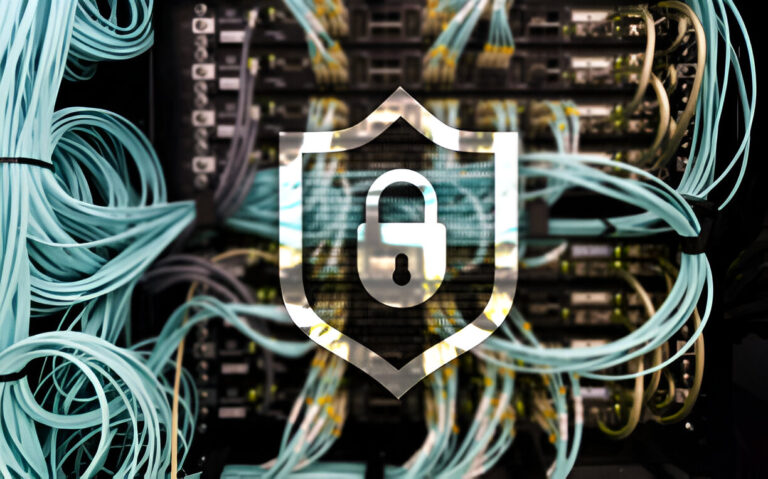Menu list
Introduction
Extract, Transform, and Load (ETL) systems are essential for organizations that depend significantly on data-driven decision-making. These systems gather data from multiple sources, convert it into a helpful format, and store it in data warehouses. Data is a vital resource, making protecting ETL processes critical for securing sensitive information from cyber risks.
This article examines the security framework of ETL systems, emphasizing common weaknesses and exploring optimal strategies to ensure that your ETL systems stay robust and protected.
Understanding ETL Systems
ETL systems serve as the backbone of modern data management strategies, enabling the seamless transfer and transformation of data. As custom cable assemblies ensure the right connections for efficient hardware function, ETL systems provide the right connections and transformations for efficient data flow. Companies utilize these systems to collect data from various sources, convert it into a uniform format, and save it in a central database for analysis and reporting. Efficient ETL systems boost data quality, increase accessibility, and facilitate advanced analytics. Nonetheless, these systems are vulnerable to security threats, Thus, Organizations must emphasize ETL security alongside functionality and performance.
Common Security Risks in ETL Systems
As with any data management system, ETL processes face specific security risks. Data breaches and unauthorized access are primary concerns because ETL systems often handle sensitive and personal data. Such risks may stem from inadequate authentication techniques, data encryption, and unsafe data transfer protocols.
Moreover, insider threats present considerable dangers, as employees with proper access might exploit data. Implementing stringent access controls and tracking user activity is essential for reducing these risks.
Best Practices for Securing ETL Systems
Enhancing ETL system security requires a multi-faceted approach:
- Data Encryption: Use end-to-end encryption to safeguard data throughout the extraction, transformation, and loading phases. This involves encrypting data both when it is stored and when it is being transmitted.
- Authentication and Authorization: Use robust authentication mechanisms such as multi-factor authentication (MFA) and ensure roles with the least privilege are assigned based on necessity.
- Network Security: To safeguard data moving across networks, utilize firewalls, VPNs, and secure communication protocols (e.g., SSL/TLS).
- Regular Audits and Monitoring: Conduct security audits to detect unusual activities and potential threats.
- Patch Management: Keep all software and systems updated with the latest security patches to protect against known vulnerabilities.
Organizations can greatly lower the security threats linked to their ETL systems by adopting these optimal practices.
Key Tools and Technologies for ETL Security
Modern security tools and technologies play a pivotal role in fortifying ETL systems:
- Data Loss Prevention (DLP) Software helps monitor, detect, and prevent data breaches by securing sensitive information.
- Security Information and Event Management (SIEM): This service examines security warnings produced by applications and network devices, assisting in early threat identification.
- Identity and Access Management (IAM) Solutions: Manages user identities and enforces access policies, ensuring proper user authentication and authorization.
Leveraging these tools enhances an organization’s capability to protect its data throughout the ETL lifecycle.
Key Takeaways
- EETL systems are essential for managing data; nevertheless, they must be safeguarded to prevent unauthorized access and data breaches
- Frequent security threats involve inadequate authentication, data leaks, and internal dangers, requiring robust security protocols.
- Optimal strategies encompass data encryption, strong authentication techniques, network security, and regular security evaluations.
- Utilizing technology tools such as DLP software, SIEM, and IAM solutions is essential for strengthening ETL security.
Investing in ETL security protects sensitive information and instills confidence in data integrity, enabling businesses to leverage their data assets securely and effectively.





